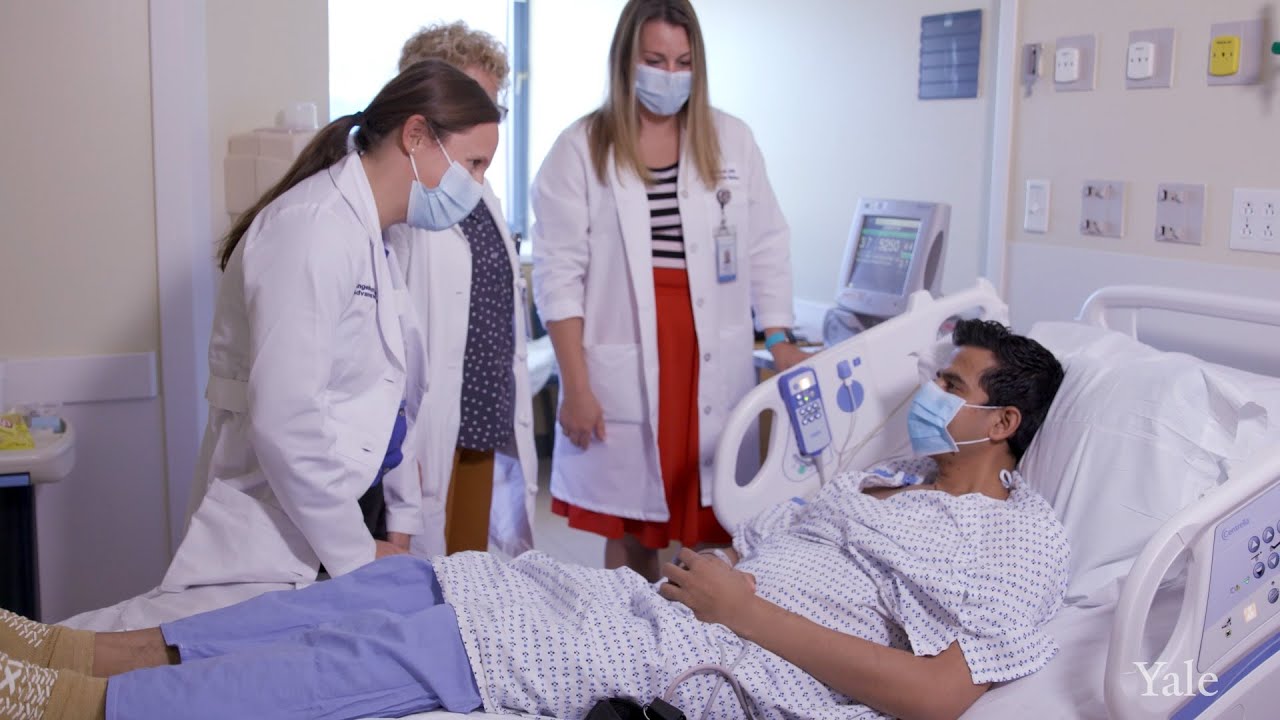LVAD Provides a Path to Heart Transplant

When Ram Devkota, 30, was diagnosed with severe end-stage heart failure from an inherited heart condition, his Yale doctors knew he wasn’t going to be able to leave the hospital unless he had incredible support.
Fortunately, a type of mechanical heart pump, called a “left ventricular assist device”—or LVAD—was an available option for him. The device is surgically implanted into the heart’s left ventricle, which pumps blood to the rest of the body.
LVADs—and ventricular assist devices (VAD), in general—are sometimes called “bridge to transplant” devices. Their job is stabilize a person’s heart and improve quality of life while they are waiting for a heart transplant—a process that can take months or longer.
“LVADs have been a great medical resource for us because hearts for transplant are not readily available. So, when patients are very sick, you really need to support their heart in the acute setting,” says Tariq Ahmad, MD, MPH, medical director of Yale Medicine’s Advanced Heart Failure Program.
But LVAD wasn’t going to work for Ram if he didn’t overcome other obstacles, including alcohol dependence and a lack of social support.
“The LVAD pump was the solution to his heart failure. We knew that, but you don't want to put a pump in someone who isn't going to be successful with it. You do more harm than good,” says Sharon Madore, a clinical VAD coordinator at Yale New Haven Hospital. “So how can we get him to the point where he's going to be successful with his therapy? And that's where all the other members of the team come in.”
This entailed assisting Ram with basic needs, including housing, and addressing his substance use disorder. Providers from the Advanced Heart Failure and Transplant Program not only helped Ram get his life in order, he is now on the heart transplant waiting list.
Learn more about Ram’s journey in this video.